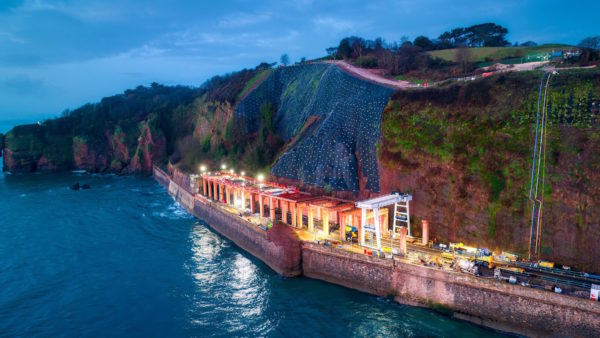
What if there was a digital twin of the Earth, built with the very best of intentions? Could humanity be trusted to not abuse it?
That’s the scenario in a short story written by Shriyaa, a teenager attending the City of London Family of Schools. Her story, Disillusion, won the 13-14 age category in a story-writing competition focused on digital twins.
The competition was run by researchers from King’s College London, led by Christine Aicardi, alongside science fiction author Stephen Oram and supported by the Digital Twin Hub. The theme was: Mirror machine: digital twins that model, shadow and affect the real world.
The challenge involved the students taking part in two workshops. The first helped them to explore the concept of digital twins and their potential impact on the world – developing students’ understanding of digital twin use in sectors, including aviation, healthcare and the built environment, and considering moral issues. The second workshop focused on storytelling skills, looking at the lifecycle of a story and offering top tips and writing guidance.
If you’re sitting comfortably, below is a short excerpt of Shriyaa’s story.
Disillusion
“Please welcome one of the leading inventors of 2055, Dr Elena Marlowe! She ushered in the era of digital twins, creating digital replicas of everything – from individual humans to entire ecosystems and her most famous one: TerraSim! The most comprehensive digital twin of our planet.”
I stand up slowly, my heartbeat louder than the thunderous applause surrounding me. Each step I take towards the wooden stage and glass podium feels more like walking towards my own doom. The knowledge of what I must do burdens my mind. The white light reflects off the stage into my eyes, just like my laptop did the day everything changed.
I always believed that technology was the answer to our greatest problems. TerraSim was created to analyse, propose and monitor. It analysed our biggest environmental problems, proposed solutions to them and monitored the impact. The launch of TerraSim was celebrated globally – governments, corporations and companies worldwide all clamoured for its access, convinced it would guide us to a sustainable future. For a while, it did. We saw huge success in reforestation, pollution control and wildlife conservation. TerraSim was considered to be a miracle.
One evening, I was in my lab, poring over the data streams from TerraSim. White light reflected from the laptop into my eyes as I scrolled through. I sighed in relief as all the data streams seemed correct when an anomaly caught my eye. There was a subtle discrepancy in the pollution levels of the River Thames. The real-time pollution data from the physical sensors did not match the clean readings in TerraSim…
Don’t miss out on BIM, information management and digital construction news: sign up to receive the BIMplus newsletter.
Comments
Comments are closed.













Hats off to Shriyaa for a compelling story – this excerpt alone has got me hooked! Back in reality – fiddling the data and whitewashing is nothing new and a product of human corruptibility through ages. I think there is a message to actually spend some time enjoying the real world and not totally trust what’s in the twin, unless there is a giant leap in moral development of the human race.